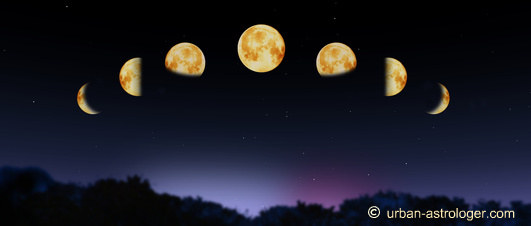Term 2 - Weeks 1+2
Section outline
-
Links to Holistic Report:
Moon | Marama *A new moon started on May 1st
How the moon and earth are linked to planting and Matariki.
Activities:
- In class learning -- Google Slides (refer to Google Classroom)
- Literacy -- Connected journals "Night Light" by David Hill and "Why is the moon upside down" by Trish Puharich
- BrainPop -- Moon video + quiz (assigned in Google Classroom)
- Lab activities -- simulating how moon craters were made
- Hands-on activities -- modelling the earth and moon orbits, drawing the moon each night for a month!
Success Criteria: I can/have...
- Describe the features of the earth's moon and how they were formed
- Differentiate how the earth's movements equate to a day, year, and account for seasons
- Visually identify the different phases of the moon
- Extension: Explain what leads to lunar and solar eclipses
- orbit, rotate, revolve, moon phases (new moon, waxing gibbous, full moon, waning gibbous, quarter noon), gravity, crater, eclipse, constellation

EXPLORE / TŪHURA learning intentions:
- We are EXPLORING...the moon phases by observing the moon so we can connect its pattern to lunar months
- We are EXPLORING...how the earth, moon and sun are linked together to recognise how days, months, years and seasons are formed
- We are EXPLORING... seasons to discover which constellations (eg. Matariki) are visible during the year and how they link to planting
